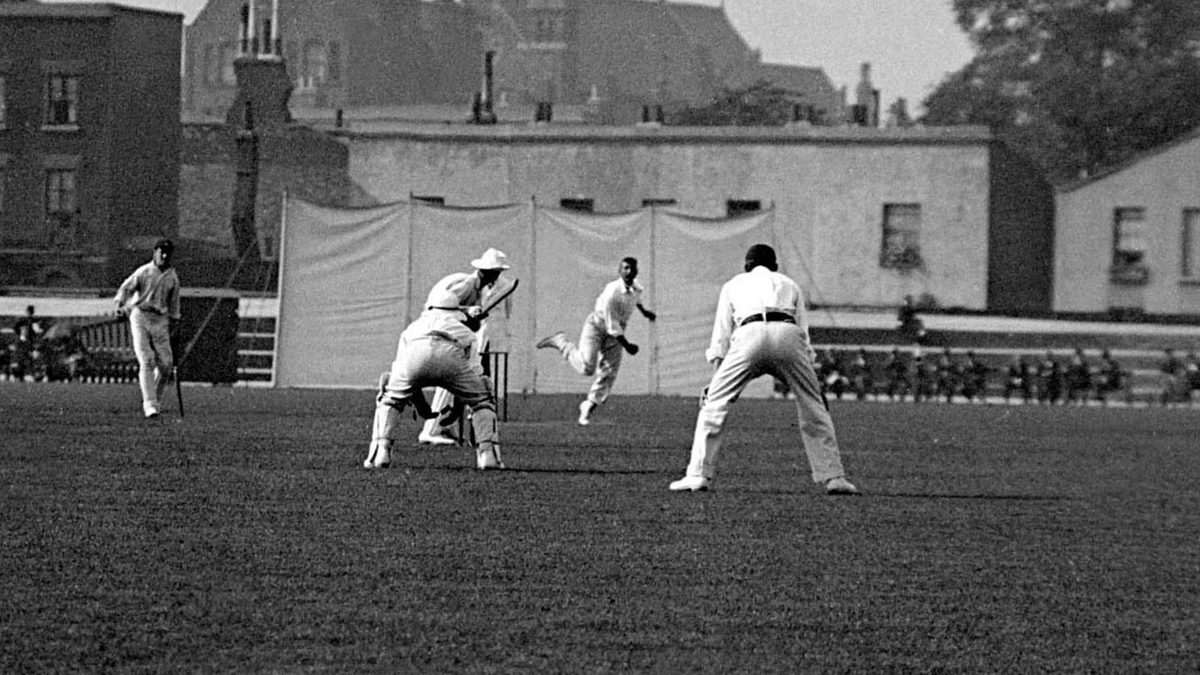
Histories of the slower ball generally start with two things: the advent of limited-overs cricket, and Franklyn Stephenson.
Certainly, the proliferation of a format that encourages big hitting and premeditation rather than caution and waiting for a bad ball meant finding methods to deceive a batsman on the charge became more valuable. And Stephenson was something of a pioneer, the first of his age to take the pace off, paving the way for a world where, invariably, a fast bowler will have not just one slower ball, but several.
However, these retellings rarely include mention of Bill Lockwood, rated by the Wisden Almanack as one of cricket’s “first great fast bowlers”, who utilised a slower ball “of almost sinful deceit” to devastating effect at the turn of the 19th and 20th century.
“He had, too, at his command a slow ball which in his early days he sent down without any perceptible change of delivery,” reads his Almanack obituary. “After he came back in 1898, he did not bowl this ball quite as well as before but it was still a very useful part of his equipment.”
Lockwood played 12 Tests, his 43 wickets came at an average of 20.53, while in 363 first-class matches, mostly for Surrey, he claimed 1376 wickets at 18.34, with his final appearance coming in 1904.
It seems the delivery was not merely a minor facet of his success, but a key weapon in his arsenal, and one that he alone utilised, with it being “the distinctive feature of Lockwood’s bowling,” according to his Wisden Cricketer of the Year profile.
Indeed, so potent was the variation that, in ‘Hundred years of Surrey cricket’, published in the 1946 Wisden Almanack, it was credited with making Lockwood, on his day, the greatest bowler cricket has known.
“It has been claimed that Lockwood at his best was the finest bowler of all time and [Tom] Richardson the most consistent,” wrote HDG Leveson Gower. “This is probably the best summing-up of their respective merits. Day in and day out, Richardson has had no superior; Lockwood, on his day, with that slow ball of his, was the most difficult.”








